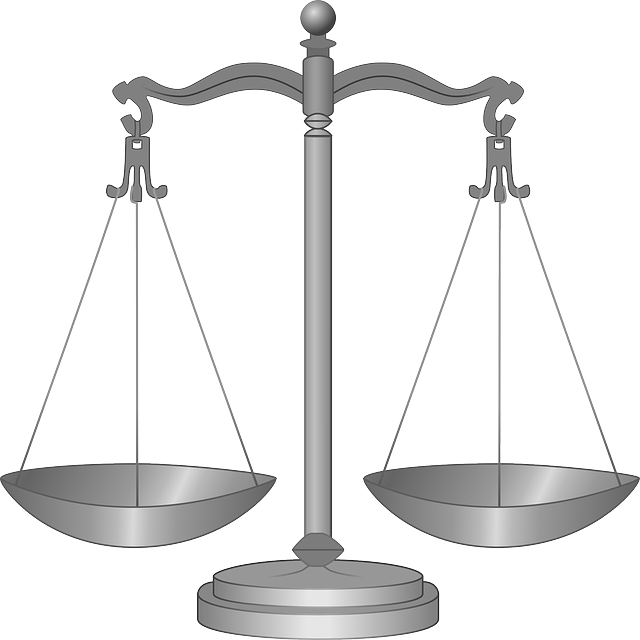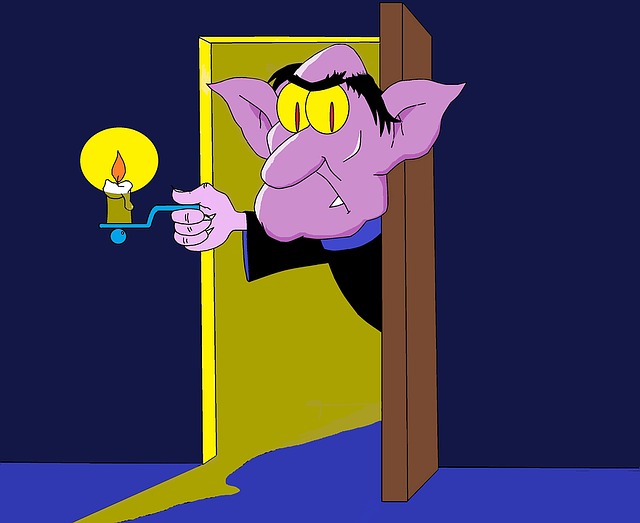Great Depression-era novels typically have an element of… well… depression. To Kill a Mockingbird isn’t any different. What is different is the fact that [spoiler alert] it ends on a slightly uplifting note.
The story is centered around Scout—the narrator—and her struggle to see the good past the bad. It’s a struggle each of the main To Kill a Mockingbird characters faces.
And I’m here to serve as your liaison—to introduce you to the four main To Kill a Mockingbird characters. I’ll even throw in a few essay ideas along the way.
(Need to write about themes in To Kill a Mockingbird instead? Read 3 Important Themes in To Kill a Mockingbird.)
Character #1: Scout Finch

Scout is one of my favorite To Kill a Mockingbird characters just because she’s a little spitfire. While only a young child, she’s really smart and quite the rebel.
Scout Finch rebels from gender roles placed on her—she wear overalls and fights the boys.
And she rebels against racial stereotypes by questioning the hypocrisy her teacher shows while criticizing Hitler’s treatment of the Jews as he continues to treat black people poorly.
What really brings out Scout’s personality and makes her memorable, though, is her relationship with others, particularly the relationships she has with her father and with Boo Radley.
Her father, Atticus, taught her how to think for and stand up for herself. And you can tell she really loves and respects him. She stops fighting when he asks her to and (eventually) takes his advice not to judge people too quickly.
That last lesson was taught when Scout and Jem were playing and making up stories about Boo. Slowly, throughout the story, Boo turns into less and less of some sort of scary monster and more into a human—a friend.
Scout represents a type of innocence, though she does change quite a lot throughout the book.
In the beginning, she’s innocent, but still slightly mischievous because of all the fighting. However, by going through a few hardships and life lessons, she has more compassion and empathy. Eventually, she understands more about the world than many adults do.
She sees both the bad and the good in humankind. And she remains optimistic that the good comes through when you try to have understanding for each other (the lesson Atticus was trying to teach her from earlier).
Essay Idea #1: Explain how Scout changes throughout the course of the story and what/who acts as a catalyst for that change.
Character #2: Atticus Finch

Atticus is the father of Scout and Jem. He’s an interesting character because he doesn’t actually change in the story. He always remains a wholly good person. You can think of him as a true force of justice.
Atticus is a lawyer. And during the Great Depression, that made him one of the most well-off people in town. He doesn’t let it go to his head, though.
Instead, he keeps on doing what’s right, raising his children as best he can and giving sound words of wisdom whenever a situation calls for it. His sympathy, compassion, and ability to forgive are admirable even in the town folks’ eyes.
But those traits end up getting him and his family into a little bit of trouble. He decides to defend Tom Robinson, a black man being (wrongly) accused of rape. Scout and Jem are picked on, and the people in the town are not happy with Atticus.
However, despite how mean people get toward him and his family, Atticus never loses faith in humanity.
He keeps that same sympathy, compassion, and ability to forgive. And these traits help him see that, even while the people around him have bad qualities or are doing bad things, they also have positive attributes.
Essay Idea #2: Show how Atticus doesn’t change in the novel, but how his values affect the lives of others.
Character #3: Jem Finch

Jem is older than Scout and is impacted in a different way by the trial Atticus was involved in. But Jem has also taken the lessons that Atticus has instilled in both his children.
But because Jem is an older child, he can also see more clearly the job his father performs. He admires the kind of justice Atticus fights for. Jem realizes, however, that Atticus’s brand of justice does not always get served.
After Tom’s trial is lost and he’s killed, Jem starts to lose hope completely. He’s understandably confused as to why, in the face of such hard evidence to his innocence, that the jury still convicts Tom.
Unlike Scout, Jem’s moral dilemma isn’t wrapped up very nicely by the end. But the reader can make the inference that, with time, Jem learns the same lesson Scout does
Jem learns that there are good and bad in all of humanity and that it’s the individual’s job to bring the good out through sympathy and understanding.
Essay Idea #3: Write about Jem’s cynicism compared to Scout’s outlook on life.
Character #4: Boo Radley

Boo Radley represents the misunderstood. In the beginning, Scout and Jem think of him as a monster. Even the way they describe him is grotesque.
However, he starts leaving presents for the kids in a tree trunk and looking after them. They don’t actually meet Boo until much later. The misunderstandings about Boo come from the fact that he’s a shut-in.
How can people get to know him if he never goes outside?
The kids’ imaginations run wild, and they start making up stories about him. While the stories seem like scary ghost stories, the children are also expressing a kind of fascination with Boo, trying to figure out what he’s really like.
Jem makes an interesting observation about Boo after Tom’s trial. He says that Boo is a shut-in because he wants to stay inside, away from all the wrongness and hatred in the world.
You can see at this point that this is a book that’s partly about how people respond to injustice and prejudice. For Boo, the response is to not deal with it at all. Instead, he isolates himself in order to shield himself from all of it.
The turning point for Boo is when he saves Scout and Jem from being attacked by Bob Ewell (the guy who accuses Tom of raping his daughter).
Boo has such a strong connection to the children because they’re the good in the world that he doesn’t often see in others. Boo kills Bob in the process, but the sheriff basically lets Boo off the hook.
Essay Idea #4: Write about the transformation of Boo, both in the children’s minds and as a character.
A Final Word on These To Kill a Mockingbird Characters
All of the above To Kill a Mockingbird characters are great topics for your essay. But choosing the right one is critical to making the essay more enjoyable to write and to read.
How do you know which one is the right one? It depends on you.
Go with your gut—either a character you love or a character you love to hate. If you don’t have strong feelings about any of the characters, go with whichever one you can find the most evidence about. This will at least make the writing process easier.
These posts with advice on writing a character analysis and literary analysis can also make the process easier:
- How to Write a Character Analysis That Works
- 2 Character Analysis Essay Examples With Character (with annotations)
- 8 Components of a Smart Literary Analysis
- 15 Literary Terms You Need to Know to Write Better Essays
If you need inspiration, check out how these students wrote about different To Kill a Mockingbird characters:
- The Wrong Judgement of Jem and Scout in To Kill a Mockingbird by Harper Lee
- A Literary Analysis of Atticus in To Kill a Mockingbird by Harper Lee
- An Explanation of the Courage of Atticus in To Kill a Mockingbird
- The Coming of Age of Jem in To Kill a Mockingbird
- Role of Arthur “Boo” Radley in To Kill a Mockingbird
- A Comparison of the Character Scout to a Regular Person in To Kill a Mockingbird by Harper Lee
And remember, if you need any help finding all the good in your essay, and minimizing the bad, the Kibin editors are always here to lend a hand.
Happy writing!
